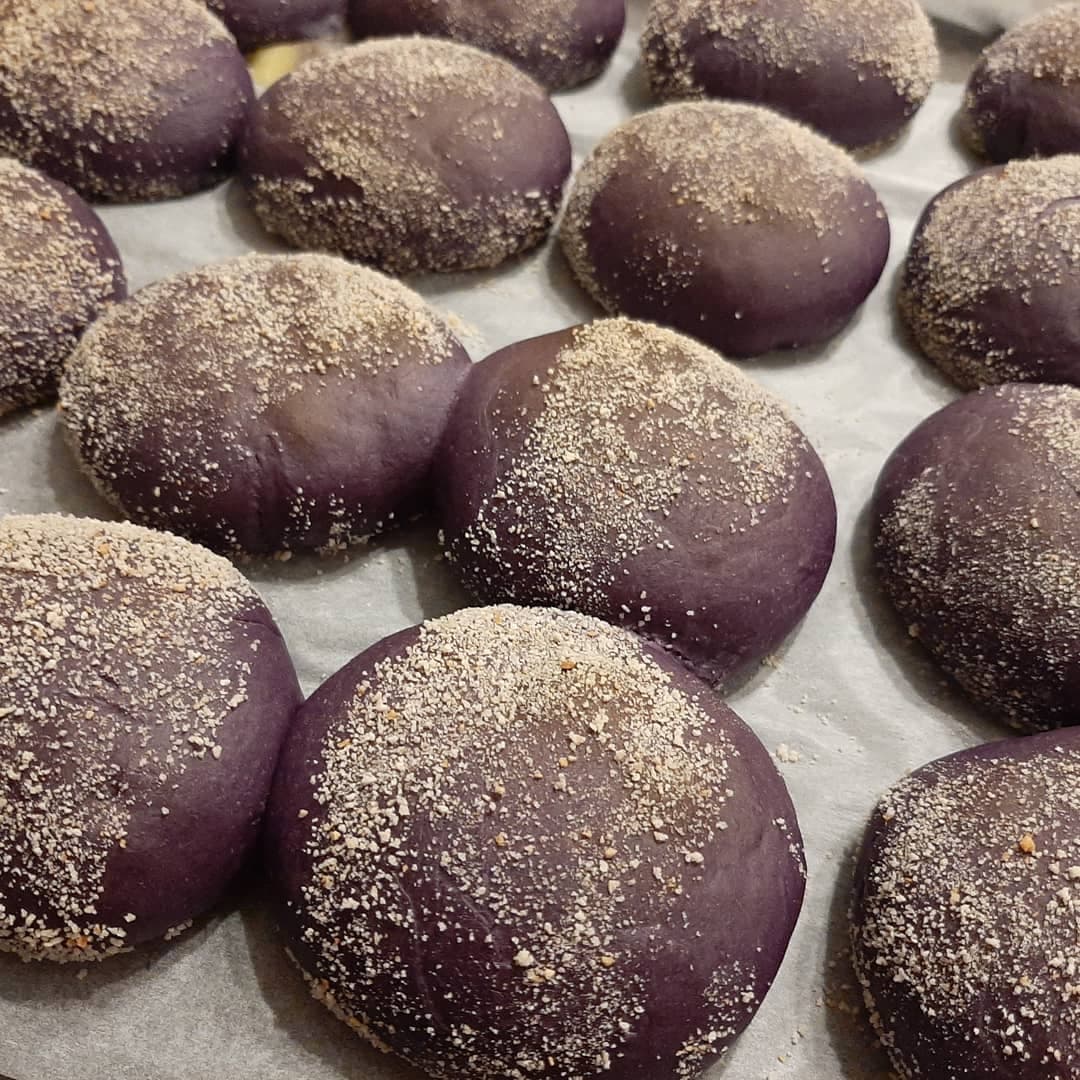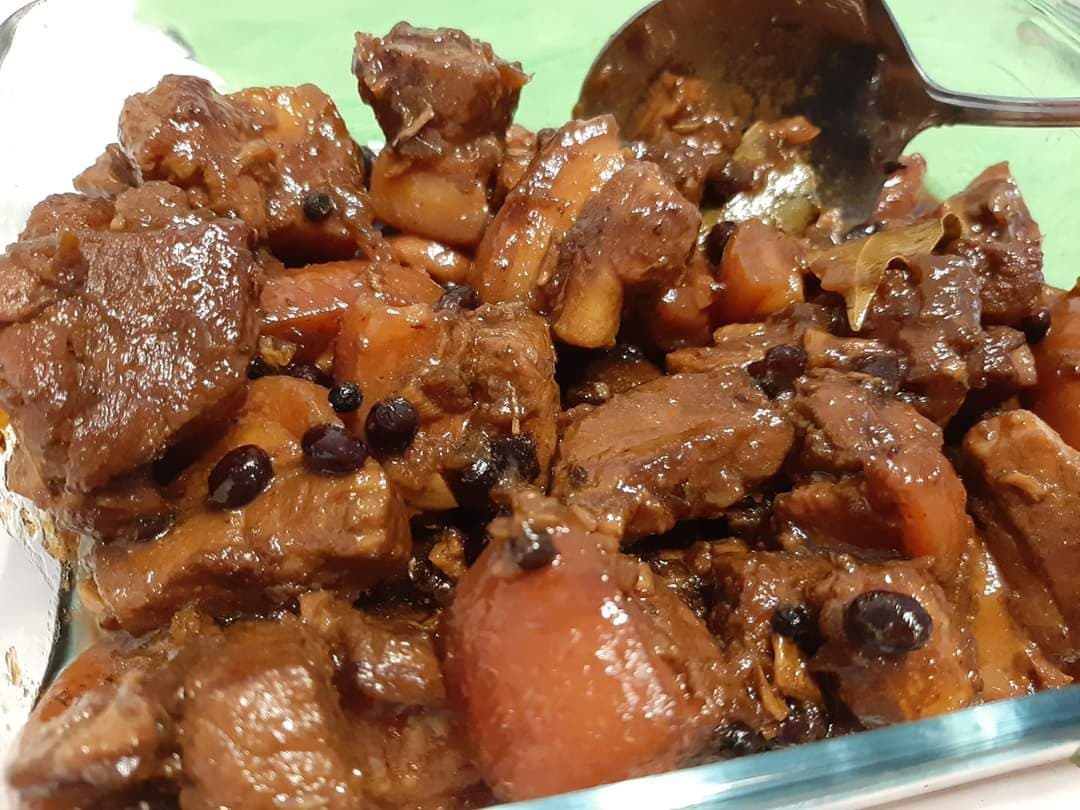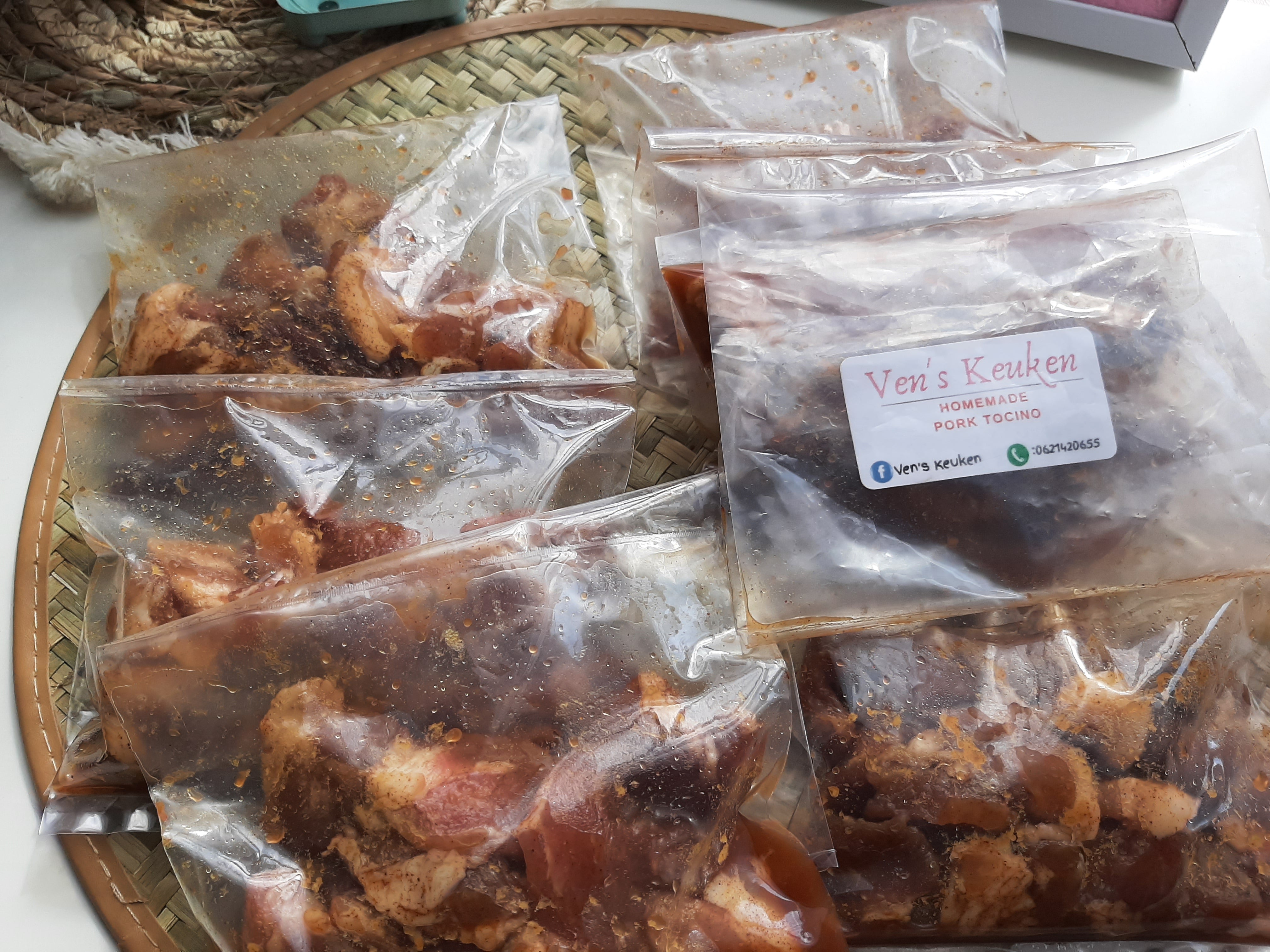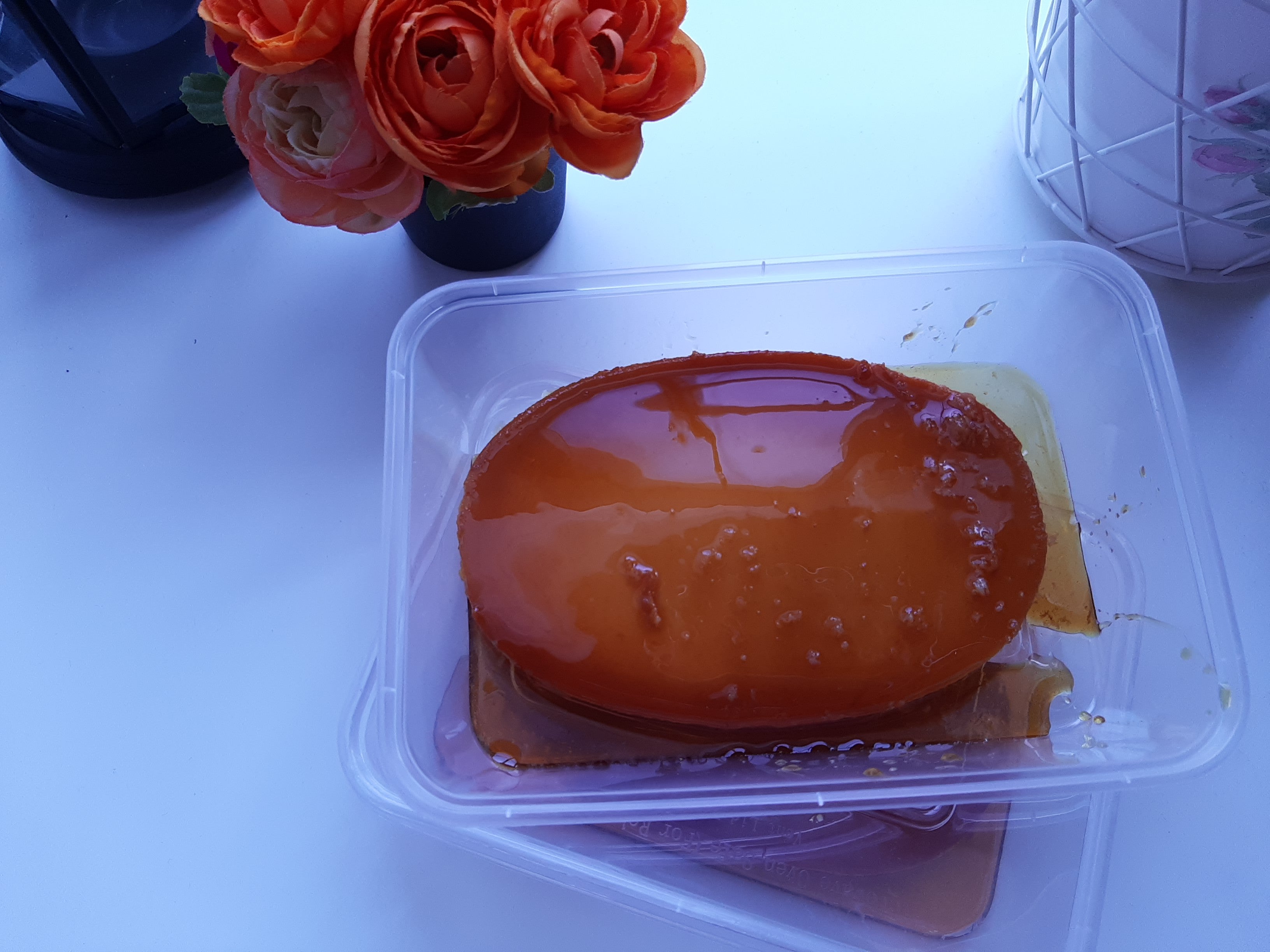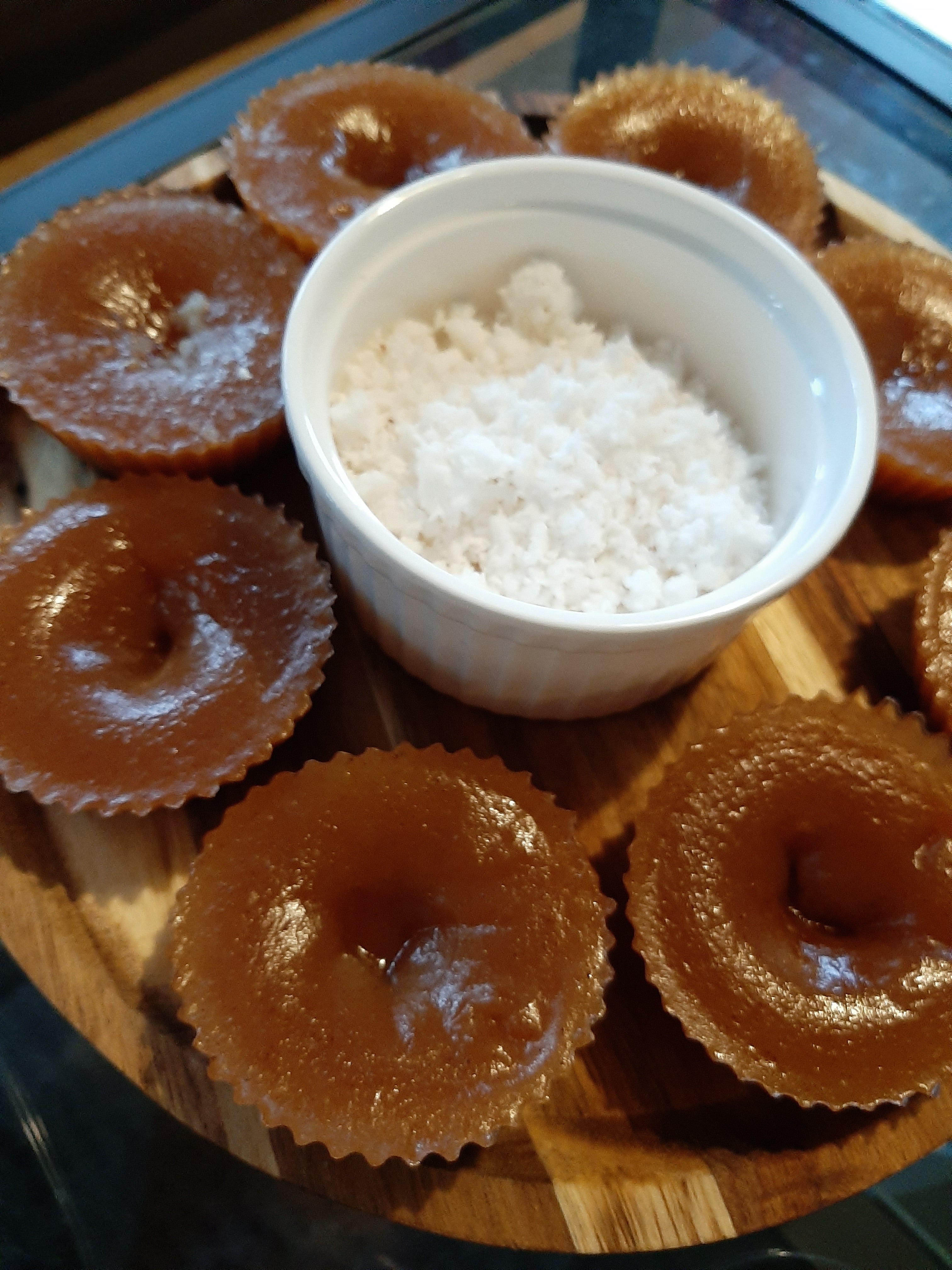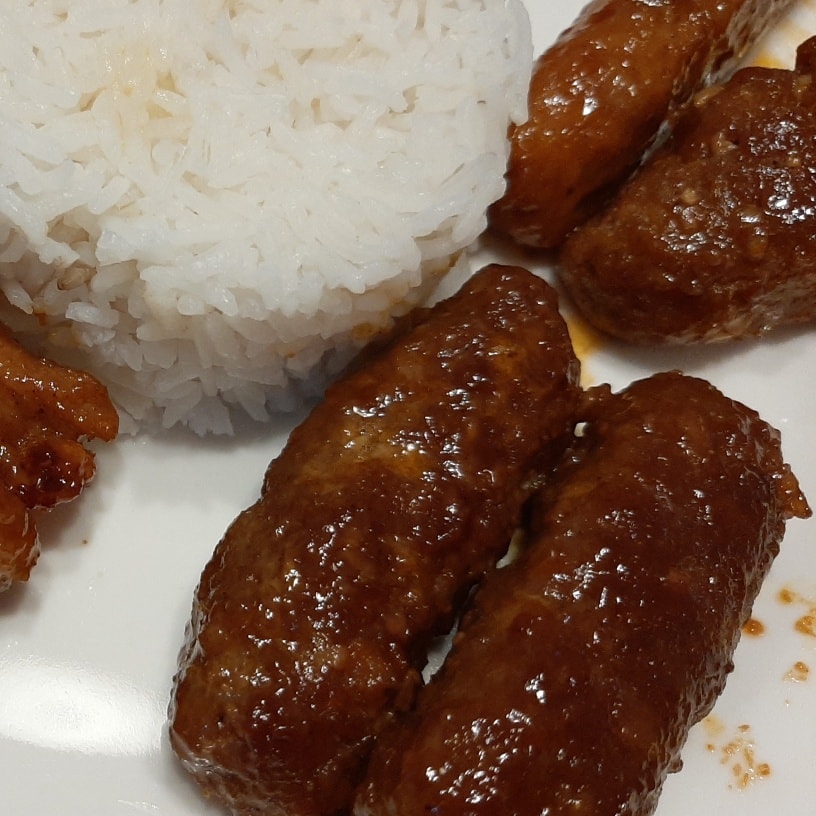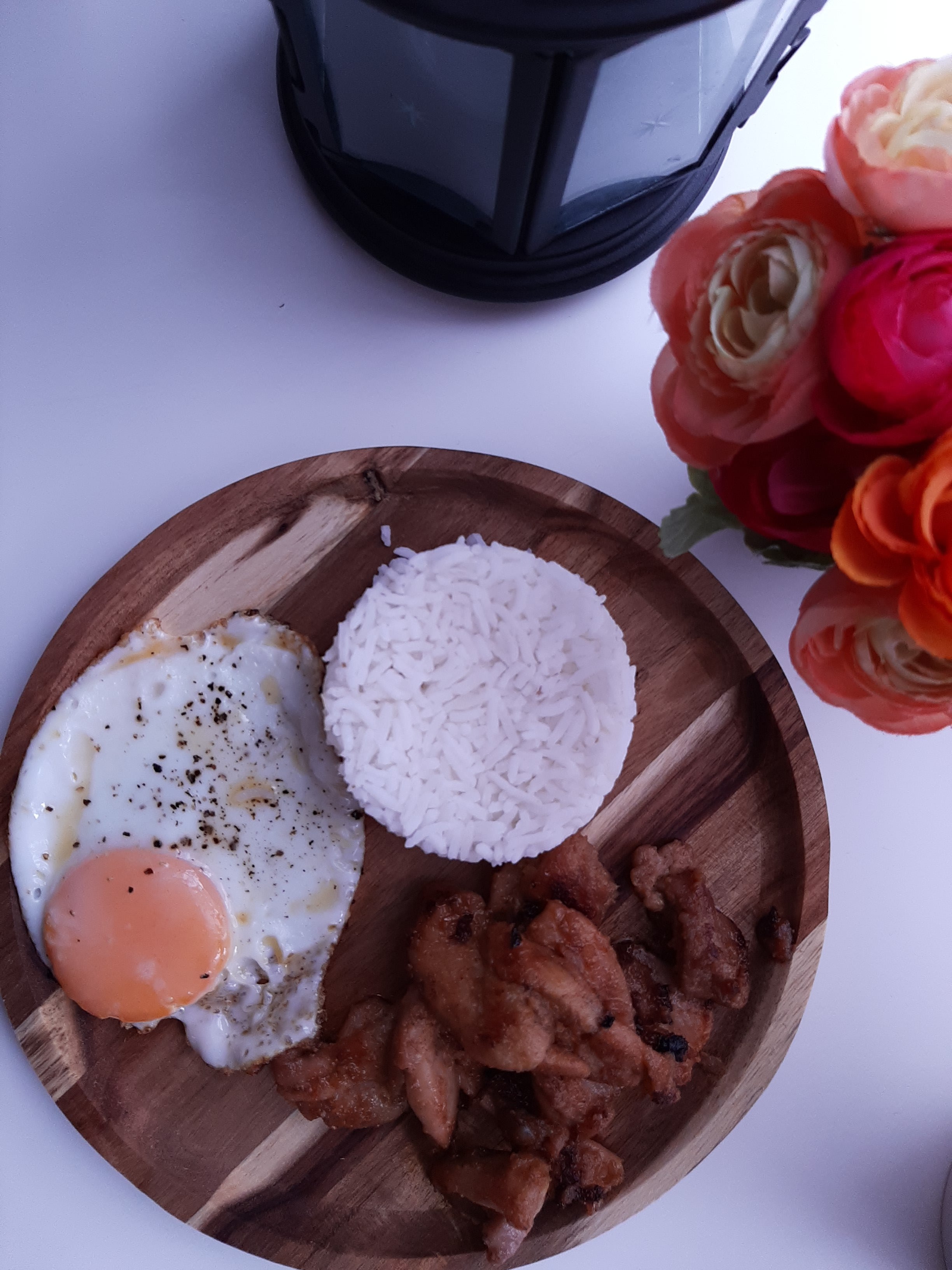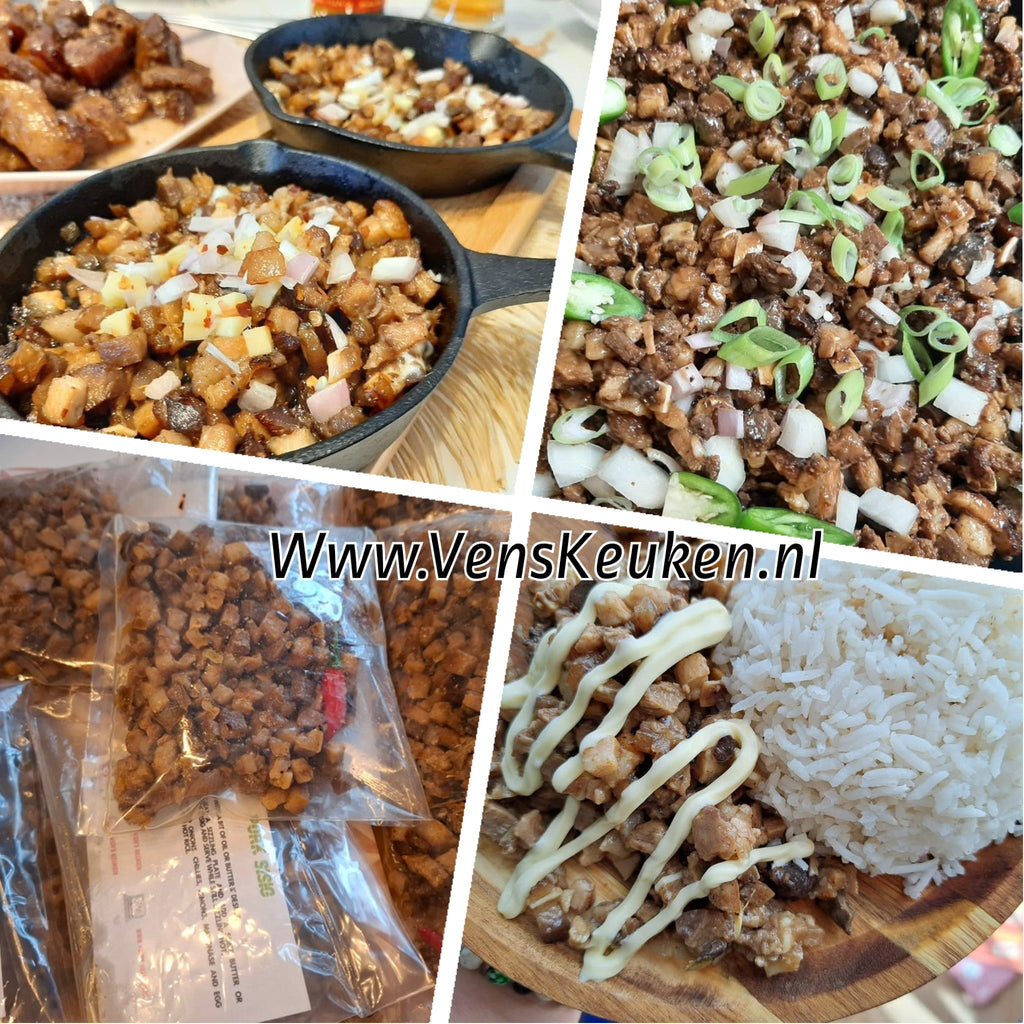
The Sizzle of Filipino Sisig: A Culinary Masterpiece Worth Celebrating

The Sizzle of Filipino Sisig: A Culinary Masterpiece Worth Celebrating
Welcome, food adventurers, to another entry in our Exploring Filipino Cuisine series! Today, we’re diving headfirst into one of the most iconic dishes of the Philippines: Sisig. If you’ve ever heard a plate sizzling its way to the table, releasing a tantalizing aroma that makes your mouth water, there’s a good chance it was Sisig—a dish as bold and vibrant as the people who created it.
As a Filipino chef with a passion for celebrating our culinary heritage, I can tell you with absolute confidence: Sisig is not just a dish. It’s a moment. It’s a celebration of flavor, creativity, and the Filipino spirit of turning the simplest ingredients into something extraordinary. Let’s take a closer look at the origins, variations, and cultural significance of this beloved dish.
The Humble Beginnings of Sisig
The story of Sisig begins in Pampanga, widely regarded as the culinary capital of the Philippines. The term “sisig” is derived from an old Kapampangan word that means “to snack on something sour” or “to make a salad with vinegar.” Early versions of Sisig were simple: chopped green mangoes or guava served with salt and vinegar as a refreshing palate cleanser or side dish.
But in true Filipino fashion, the dish evolved into something more complex and flavorful over time. Legend has it that during the American occupation of the Philippines, Pampanga locals salvaged unused pig parts—particularly the cheeks, jowls, and ears—that were discarded by American military kitchens. Instead of letting them go to waste, resourceful Filipinos boiled, grilled, and chopped these ingredients, seasoning them with vinegar, calamansi (a citrus fruit), and spices. Thus, the Sisig we know and love today was born.
Sisig’s rise to prominence can be credited to Lucia Cunanan, affectionately known as *Aling Lucing, who elevated the dish in the 1970s by serving it on a sizzling plate in her humble eatery in Angeles City, Pampanga. Her creation quickly gained a cult following and cemented Sisig’s place as a Filipino culinary treasure.
Why Sisig Stands Out
What makes Sisig so special? It’s the perfect harmony of flavors and textures. Sisig is a symphony of contrasts: crunchy yet tender, savory with a hint of tanginess, and rich yet surprisingly refreshing. It’s the kind of dish that demands your attention and keeps you coming back for more.
The sizzling plate is part of the magic. When Sisig arrives at the table, it doesn’t just sit there—it puts on a show. The hiss of the hot plate, the steam rising in curls, the aroma of charred meat and spices filling the air—it’s an experience that engages all the senses. Sisig isn’t just food; it’s theater.
Sisig’s Many Faces
One of the most fascinating aspects of Sisig is its versatility. While the classic version features pork, chefs and home cooks have developed countless variations to suit different tastes and dietary preferences. Here are just a few examples:
1. Pork Sisig: The OG version, made with pork jowls, ears, and liver, finely chopped and seasoned to perfection. It’s the gold standard of Sisig and a must-try for first-timers.
2. Bangus (Milkfish) Sisig: A seafood alternative that swaps pork for the delicate, flaky meat of milkfish. It’s lighter but just as flavorful.
3. Chicken Sisig: A leaner version that uses chicken breast or thighs, often grilled or roasted for added smokiness.
4. Tuna Sisig: A modern take popular in beach towns, where fresh tuna is grilled and mixed with Sisig’s signature seasonings.
5. Vegetarian Sisig: Proving that Sisig is for everyone, this version features tofu or mushrooms as a meat-free alternative.
6. Lechon Sisig: Decadent and indulgent, this variation uses crispy roasted pig (lechon), making it an instant hit at fiestas and celebrations.
These variations highlight Sisig’s adaptability and its ability to cater to different palates. Regardless of the main ingredient, the essence of Sisig remains the same: bold, flavorful, and undeniably Filipino.
Sisig and Filipino Drinking Culture
In the Philippines, Sisig isn’t just a meal—it’s a quintessential *pulutan. For those unfamiliar with the term, *pulutan refers to snacks or dishes that are served alongside alcoholic drinks. Sisig and a cold beer? It’s a match made in heaven.
Filipinos love to gather with friends and family, sharing stories, laughter, and yes, food. A sizzling plate of Sisig in the middle of the table becomes the star of the night, its bold flavors perfectly complementing the crisp, refreshing taste of beer. Whether it’s a laid-back evening at home or a night out at a local bar, Sisig is often the go-to dish for making any drinking session unforgettable.
Sisig as Street Food
Beyond its role as a main dish or pulutan, Sisig has also found a home in the bustling street food scene. Way to enjoy this beloved dish. It’s proof that Sisig transcends social and economic boundaries, appealing to everyone from foodies to everyday workers.
Sisig Goes Global
Thanks to the Filipino diaspora and the growing global interest in Filipino cuisine, Sisig has made its way to international kitchens and menus. From food trucks in Los Angeles to upscale restaurants in London, Sisig is capturing hearts and taste buds around the world.
In recent years, Sisig has been spotlighted by prominent chefs and food critics, further cementing its reputation as one of the Philippines’ most iconic dishes. It’s a source of pride for Filipinos everywhere, showcasing the creativity, resilience, and boldness that define our culinary identity.
Sisig: A Culinary Reflection of Filipino Spirit
What makes Sisig so uniquely Filipino? It’s the spirit of resourcefulness and creativity that brought the dish to life. Sisig is a testament to the Filipino ability to find beauty in simplicity, to turn humble ingredients into something extraordinary.
More than that, Sisig embodies the Filipino love for food as a shared experience. It’s a dish meant to be enjoyed with others, whether it’s at a family dinner, a fiesta, or a spontaneous gathering with friends. Every bite of Sisig tells a story—a story of heritage, ingenuity, and the unbreakable bond between food and culture.
Conclusion
Sisig isn’t just a dish; it’s a celebration. It’s a celebration of flavor, of Filipino ingenuity, and of the joy that comes from sharing good food with good company. Whether you’re a seasoned foodie or someone just discovering Filipino cuisine, Sisig is a must-try experience that will leave you craving more.
As we continue our *Exploring Filipino Cuisine* series, I invite you to join me in celebrating the rich, diverse, and delicious world of Filipino food. Let’s savor every bite, embrace every sizzle, and share the stories that make our cuisine so special.
Until next time, keep exploring, keep savoring, and as always, “Kain na!”(Let’s eat!)










